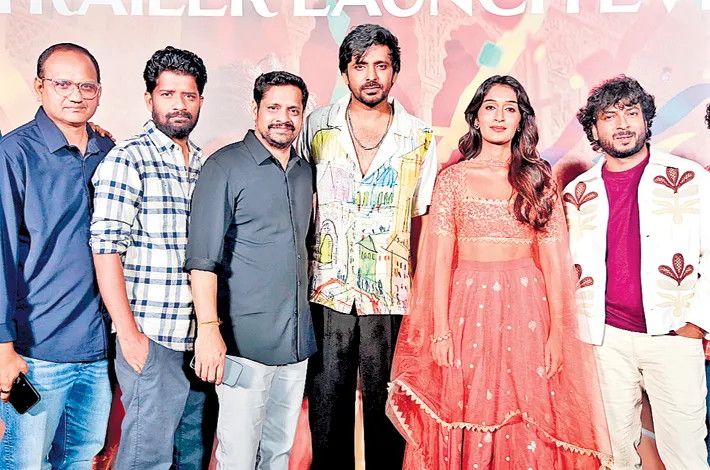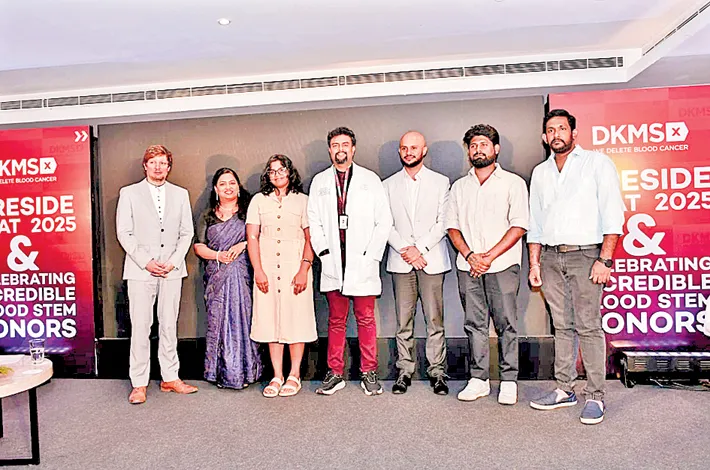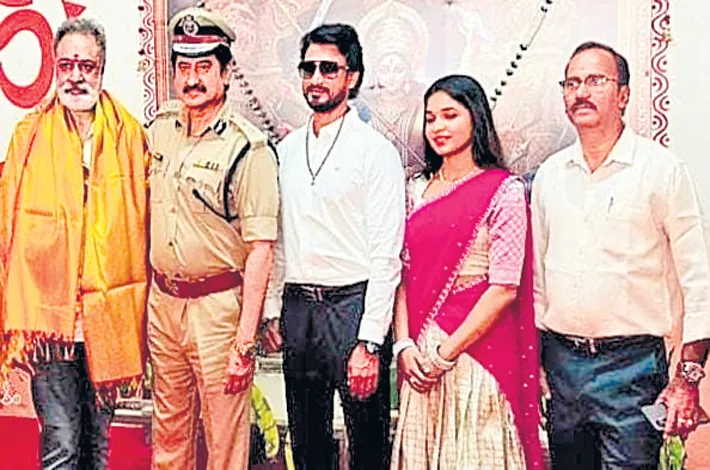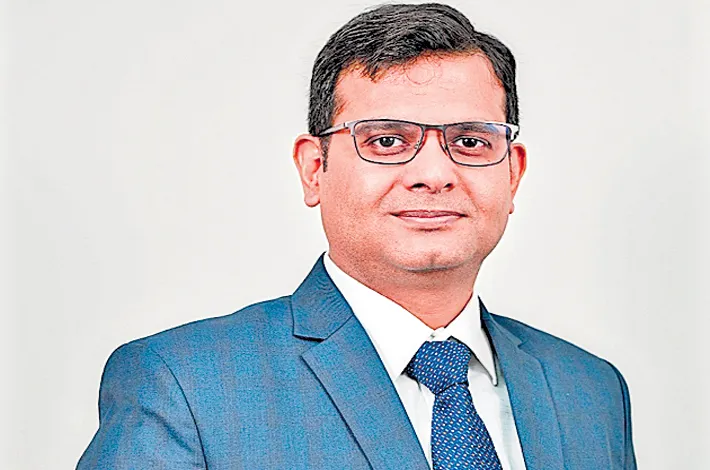A Tale Of Two Bhaturas
08-10-2025 12:00:00 AM

When it comes to customer experience, the small things are truly the big things.
I usually have an early lunch, sometime between 12:30 and 1:00 pm. But on this particular day, the clock had ticked past 2:00 and I was still hungry. After wrapping up a meeting, I found myself walking towards Santacruz station from the highway, a 10-minute stroll. Not being very familiar with the area, I scanned the streets for a place serving hearty North Indian fare — that’s what my stomach was craving.
That’s when I spotted Banarasi Sweet Mart, a corner shop with an open entrance. On one side was a glass counter piled high with barfis and mithais; behind it, a few simple tables and benches. I stepped inside and asked for the menu. My eyes immediately landed on the magic words: Chole Bhature.
Instantly, I was transported to my childhood. In my primary school days, Chole Bhature — always with a generous drizzle of sweet imli-jaggery chutney and plenty of chopped onions — was my ultimate indulgence. I remember strolling with my mother along Linking Road, stopping at a vendor’s cart that sold only two items: Chole Bhature and kulfi. The steaming hot chole and freshly fried bhaturas were unforgettable. Back in the early 1980s, a plate cost just four rupees and fifty paise. That taste has lingered with me ever since.
Snapping back to the present, I took a seat at Banarasi. The place wasn’t sparklingly clean — chipped table edges, steel benches, and a slightly cloudy metal tumbler of water in front of me. But I’ve learned that such eateries often serve food bursting with flavour, even if the service is unpolished. I requested a small bottle of mineral water, then placed my order: one plate of Chole Bhature, with an extra bowl of sweet chutney on the side.
I waited, stomach growling, while the bhaturas were prepared. Soon enough, the waiter returned with a steel tray: a steaming bowl of chole, one golden bhatura, and two small bowls — chutney and onions. The aroma was heavenly. I tore off a piece of bhatura, spooned some chole, and was about to take the first bite when something caught my eye.
There was only one bhatura on my plate.
Normally, every place serves two bhaturas with chole. And I was hungry enough that I could have devoured two plates — that’s four bhaturas! Curious, I called the waiter over and asked: “Do you serve just one bhatura? This isn’t even that big.”
He smiled warmly and explained: “No, Sir, we serve two. But we give one first, and bring the second after a few minutes. If I served both together, the second would get cold. And bhaturas are best eaten piping hot.”
I was taken aback. This wasn’t a special request. This was their routine practice — serving one bhatura at a time so customers could enjoy both hot and fresh. It was a simple gesture, but deeply thoughtful.
A couple of weeks later, I dined at a Grade 1 restaurant and ordered Chole Bhature again. The price was almost three times higher, the ambience refined, the crockery elegant. Out of curiosity, I asked if they could serve one bhatura first and the second a little later, just as Banarasi had done. The waiter shook his head politely: “Sorry, Sir, our kitchen doesn’t work that way. But I’ll make sure your order comes quickly.”
The food arrived fast, and it was tasty. But that extra touch — the sweetness of service I had experienced at Banarasi Sweet Mart — was missing.
Luxury restaurants can impress with décor, efficiency, and polished presentation. But sometimes, in a modest corner shop with chipped tables and simple steel trays, you stumble upon a service philosophy that no five-star can match.
(The author is a Customer Experience trainer and thought leader. Write to him at cyrusgonda@gmail.com)








